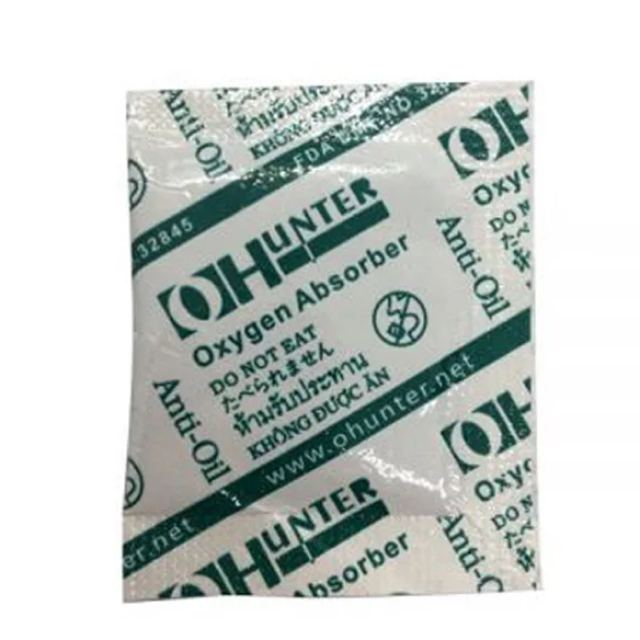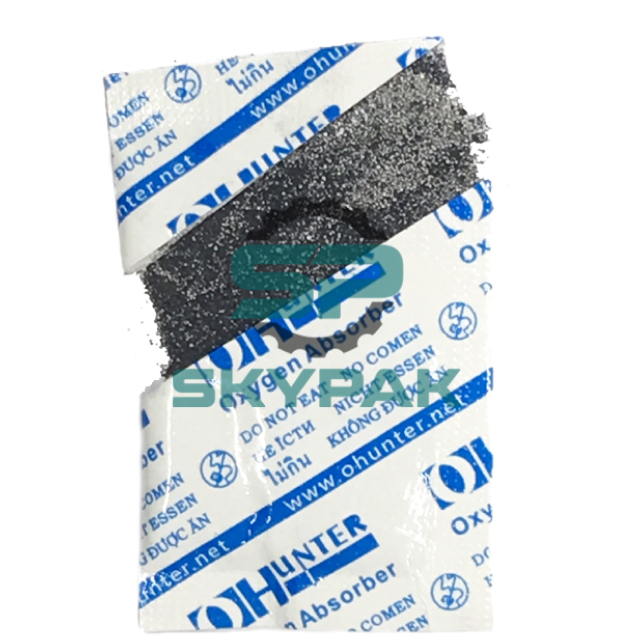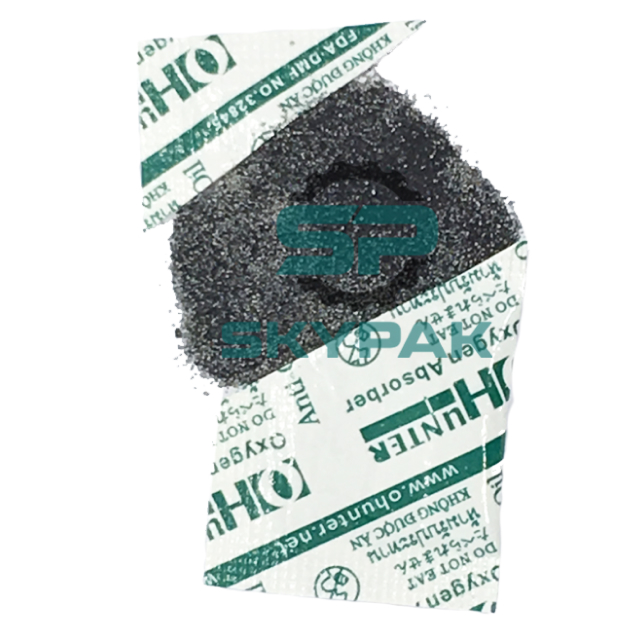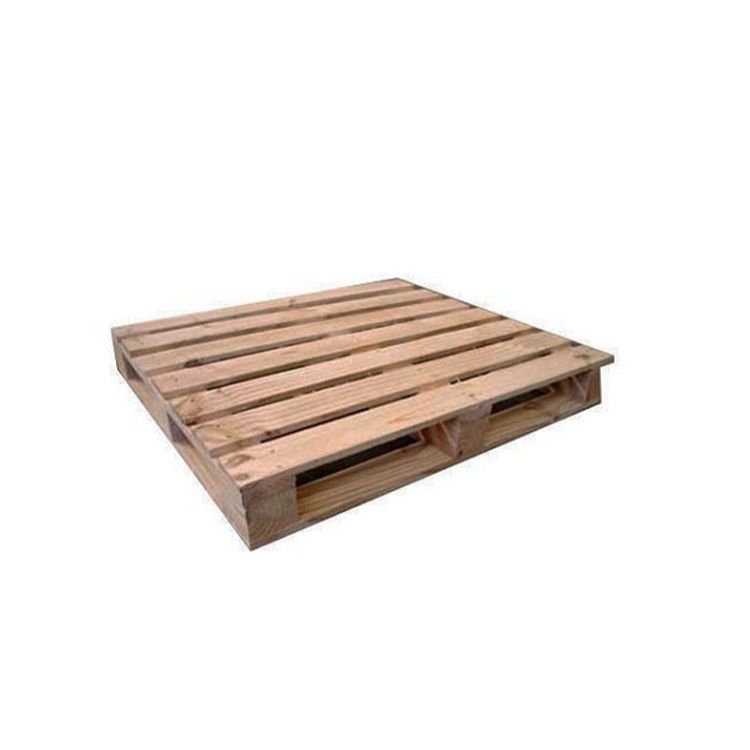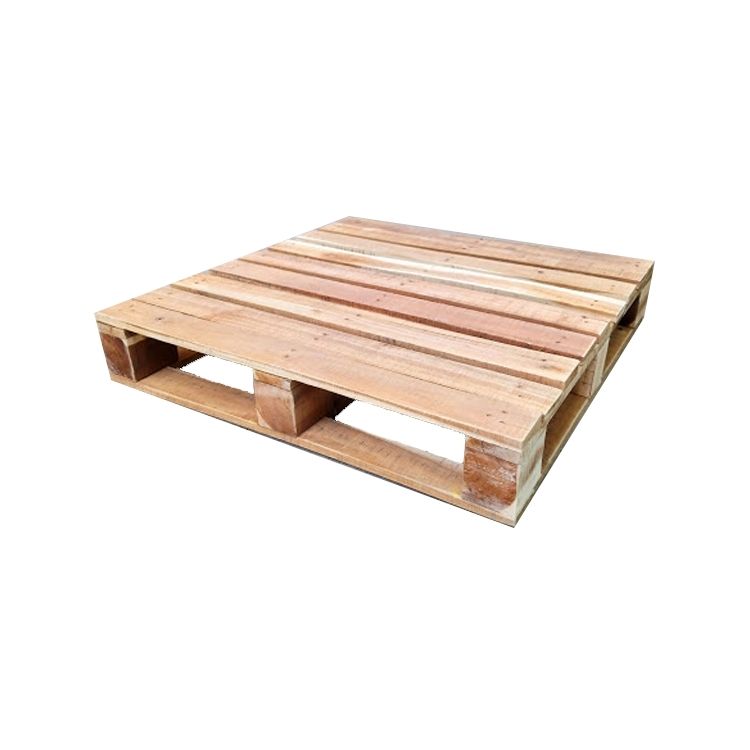Container cargo airbag is the key to protecting goods during transportation and receipt. Airbag dunnage is understood as the material used to load and fix goods during transportation. This airbag can be used in many ways of transportation, including road, rail, sea, or air. In this article, we will focus on how to use cargo airbags for containers.
Why should you use a container cargo airbag?
- Cost savings
Container cargo airbags significantly reduce costly insurance claims and prevent cargo damage.
- Enhance corporate image
Partially or completely damaged goods arriving at your customer’s destination can be a major inconvenience to their operations and cause a loss of image and confidence in your business. These types of situations can ultimately affect your relationship with your customers and potentially reduce the frequency of future collaborations. Therefore, the use of airbags from the very beginning when transporting will help improve these risks, and at the same time improve the professionalism of your business in the hearts of customers and partners.
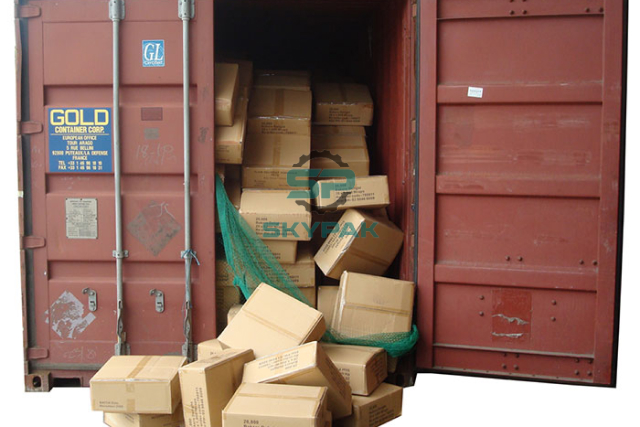
- Increasing productivity
container cargo airbags are inserted into the spaces inside a container, wagon, or truck and then inflated with compressed air. When the bag is raised, a strong brace is created, which stabilizes the load and prevents any movement during transport, thus significantly reducing the risk of damage during transport.
How to choose the right size of container cargo airbag
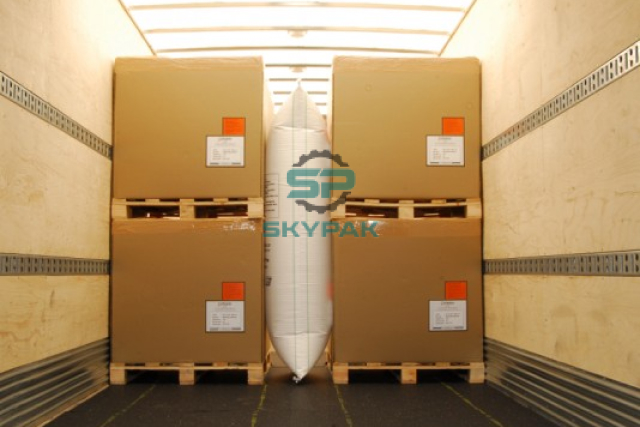
When transporting packages in containers, it is recommended to choose the correct size duffle bag with the gaps on the container to ensure the goods inside are best protected, and safe, and avoid being moved. fluid, impact leads to damage.
Container cargo airbags work best when the pressure of the airbags acting on the cargo load must be equal to or greater than the weight of the product. To do this, the container cargo airbag needs to be in contact with the product surface as much as possible. Therefore, it is necessary to carefully calculate the area of the remaining gaps in the container by calculating:
- Measurements of the length, width, and height of the boxes
- Length and height measurements of the container
Container cargo airbags work best when the remaining space in the container is 1/3 of the width of the airbag.
The formula for calculating the width of the airbag: Dimensions of the airbag x 3.
Container cargo airbags usually have common sizes: 50x100cm, 60×100/120cm, 80x120cm, 100x180cm, 100x200cm, 120x240cm…
Instructions for using airbags to insert containers
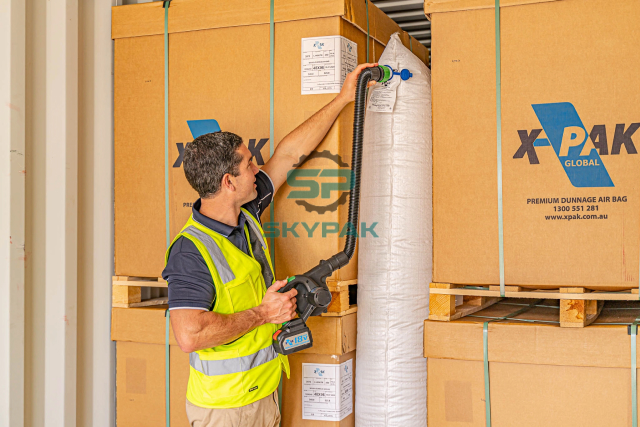
Step 1: Identity and accurately measure the gaps between the packages in the container. Because these gaps can create an opportunity for the goods to be bumped during transit leading to damage. Carefully check for sharp edges or objects around the package. If so, move to another location or in some cases use firm film, or cardboard to prevent the airbag from coming into contact with sharp edges that may damage the airbag.
Step 2: Select the container cargo airbag by the size of the gaps determined in step 1
Step 3: Place the airbag in between the gaps. Attach the pump gun to the airbag valve and press the trigger to start pumping. Pay attention to inflating the airbag with the right amount of compressed air, to fill the space between the packages.
Step 4: When the goods are transported to the safe destination, use 2 fingers to press and turn the valve heart clockwise. Attach the pump gun to the valve and press the trigger to deflate the air in the airbag. After exhausting the air, simply remove the pump gun slightly and turn the heart valve counterclockwise to its original position.
Step 5: Fold the airbag and store it for the next use.
Above are our shares on how to use airbags to insert containers. If you want to refer to the user manual, you can watch the specific video of SKYPAK here.











